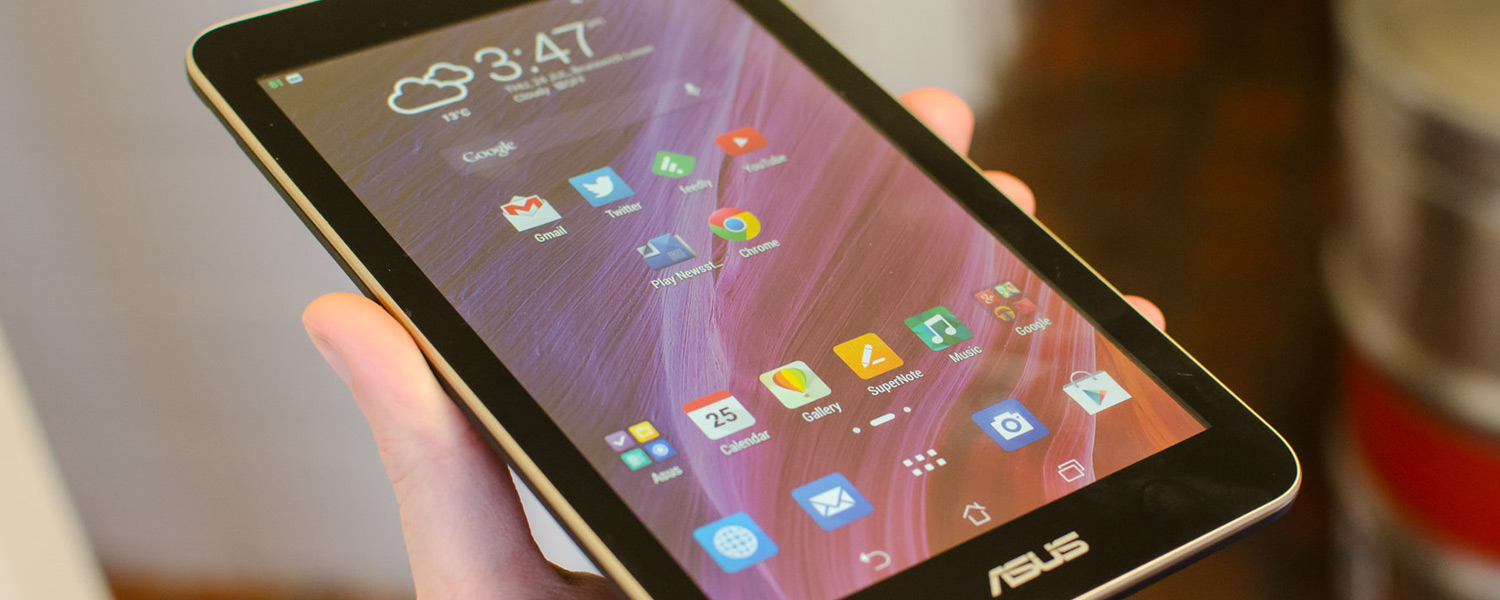Camera, Final Thoughts
The camera on a tablet, especially a budget tablet, isn't a critical feature, and it's clear that Asus has made compromises in this department to keep the costs as low as possible. This leaves the tablet with a disappointing array of cameras, which I will only touch on briefly.
Unfortunately I couldn't discover the camera manufacturer Asus has used, but I do know it's a 5-megapixel sensor on the rear with an f/2.4 lens. The front camera is a 2-megapixel sensor that captures 1600 x 1200 images, meaning it's incapable of 1080p video recording.
The quality from the 5-megapixel rear camera is quite bad, with poor color quality and significant artefacting destroying most shots. I can see the camera being potentially useful for photographing documents and other very basic subjects, but having to capture small fonts might be a struggle for the sensor.
Even in strong lighting, it's not really worth using the MeMO Pad 7's camera, and it's nearly useless in low light. Luckily this is a tablet we're talking about, not a smartphone that you use on a daily basis, so having a high quality camera isn't that important. If you're planning on buying the MeMO Pad 7 though, just be aware that the camera isn't particularly useful.
Final Thoughts
For most use cases, the Asus MeMO Pad 7 is a good tablet: nothing amazing, nothing spectacular, just a stock standard tablet that's good enough for its $150 price point. I was most impressed by the tablet's display, which may only have a resolution of 1280 x 800, but packs decent color quality that can be adjusted to your liking through Asus' Splendid application. We're not quite at the stage where 1080p displays have transitioned to sub-$200 devices, so at this price there's really nothing to complain about.
Many other aspects of the tablet are serviceable, without blowing me away. The design is bland yet reasonably ergonomic, and its relatively light weight makes it a decent option if you want something portable to read books on. There was no aspect of the skinned-Android software that was particularly bad, though at the same time I wonder why Asus didn't opt for stock Android when most of the extra features are found in standalone applications.
Performance makes or breaks an entry-level tablet. The Intel Atom Z3745 SoC is interesting in that it actually benchmarks quite well for a budget chip, and when conditions are right, the MeMO Pad 7 is as smooth to use as more expensive products. Unfortunately, though, stability lets it down: the tablet refuses to run some apps and games, while others will crash or stutter at seemingly random times.
Whether these issues are due to a lack of optimization on Asus or Intel's side, or the fact this is an x86 chip running Android, I'm not quite sure. Either way, it affects the performance of the Pad 7.
There are many options available in the entry-level 7-inch tablet market from companies such as Samsung, Acer, Amazon, Dell, Google and others, most of which are fairly comparable on a hardware level and sit around the $150 mark. The Asus MeMO Pad 7 isn't a bad choice, but it could be worth exploring your options before handing over the cash.
score
Pros: Entry-level price for a generally quite capable tablet. Display quality is good, especially thanks to Splendid.
Cons: Bland design and software. Infrequent stability issues mar otherwise decent performance. Terrible camera.



